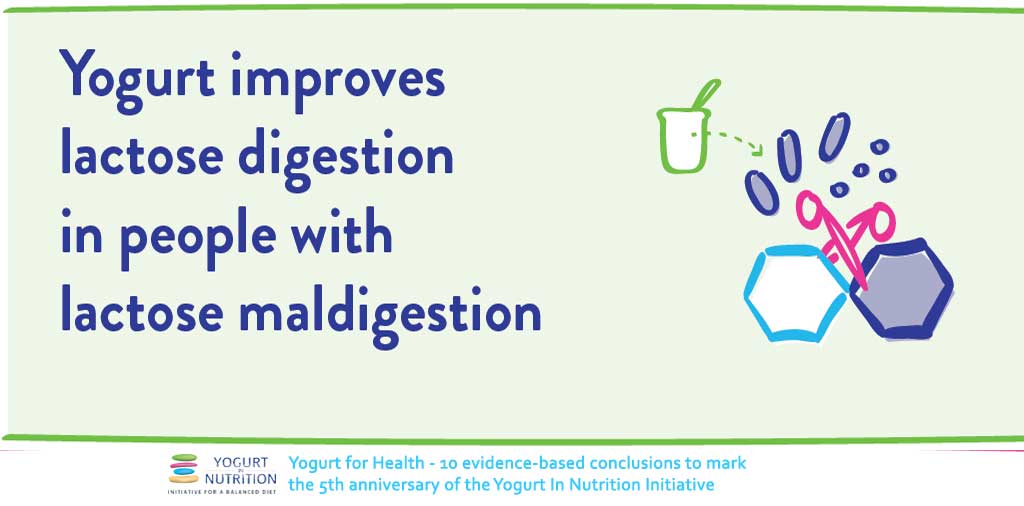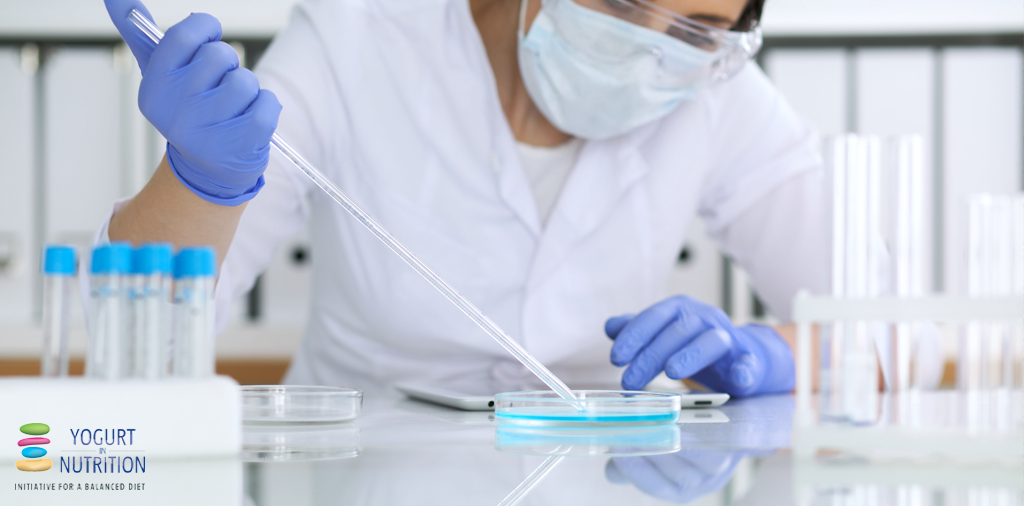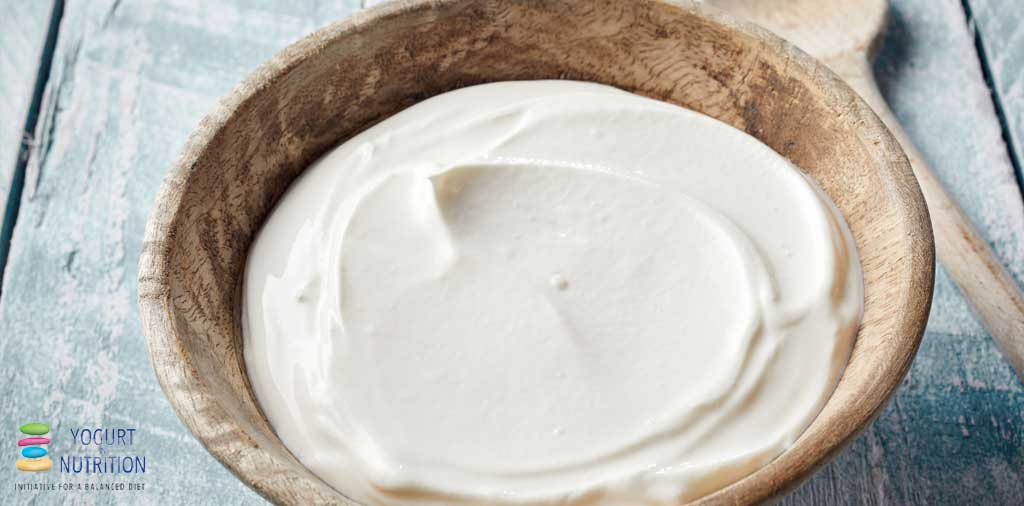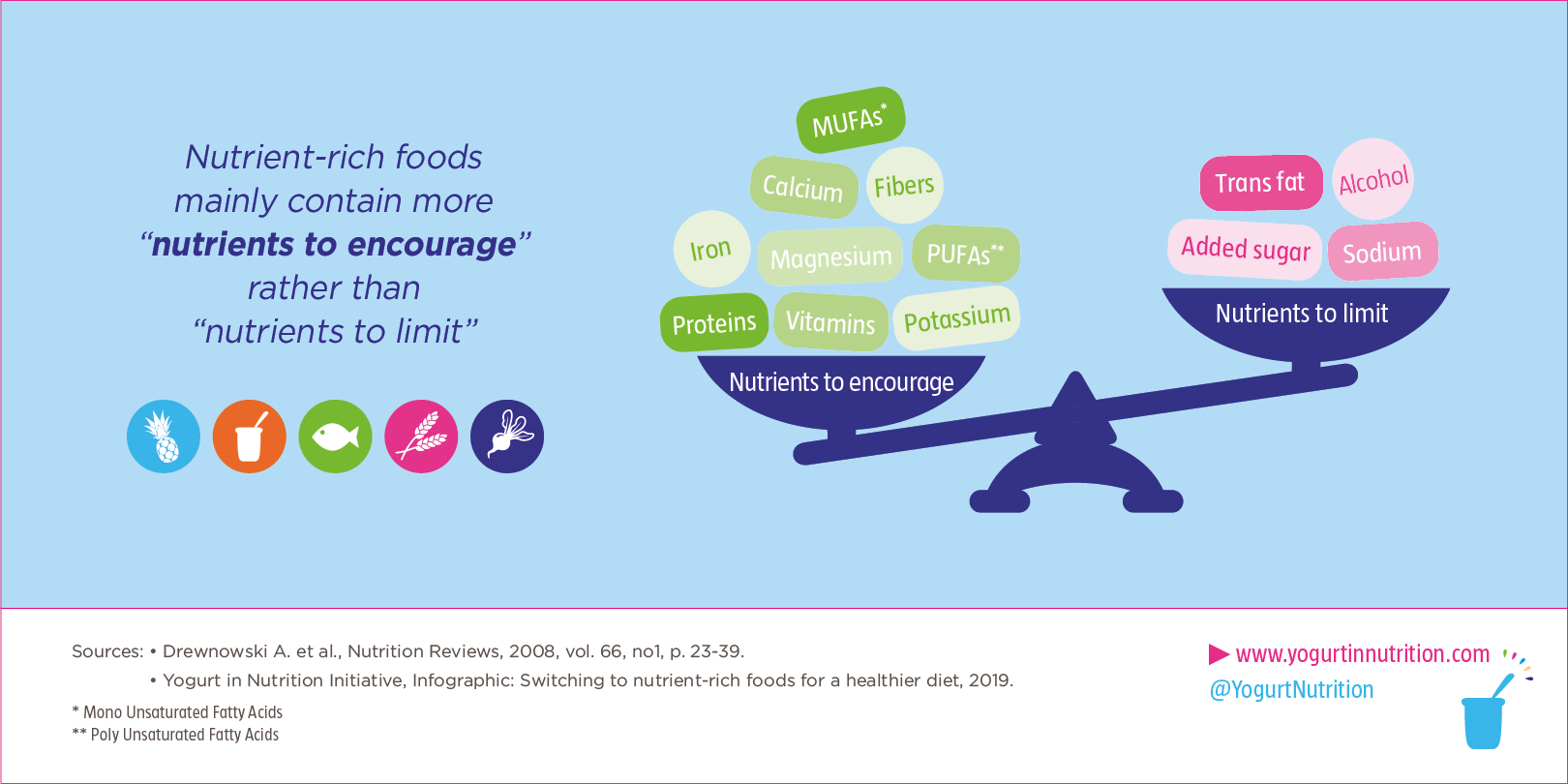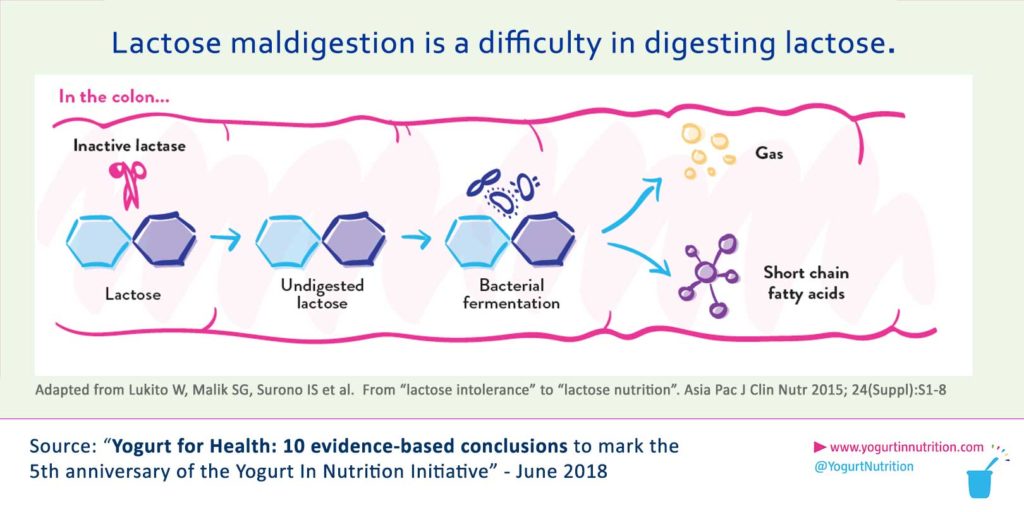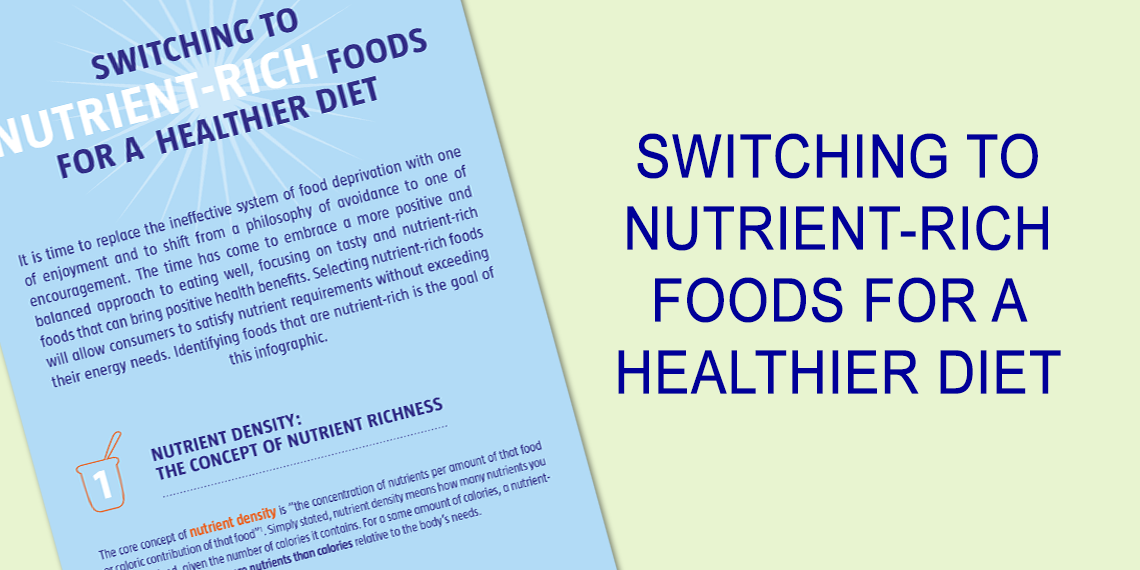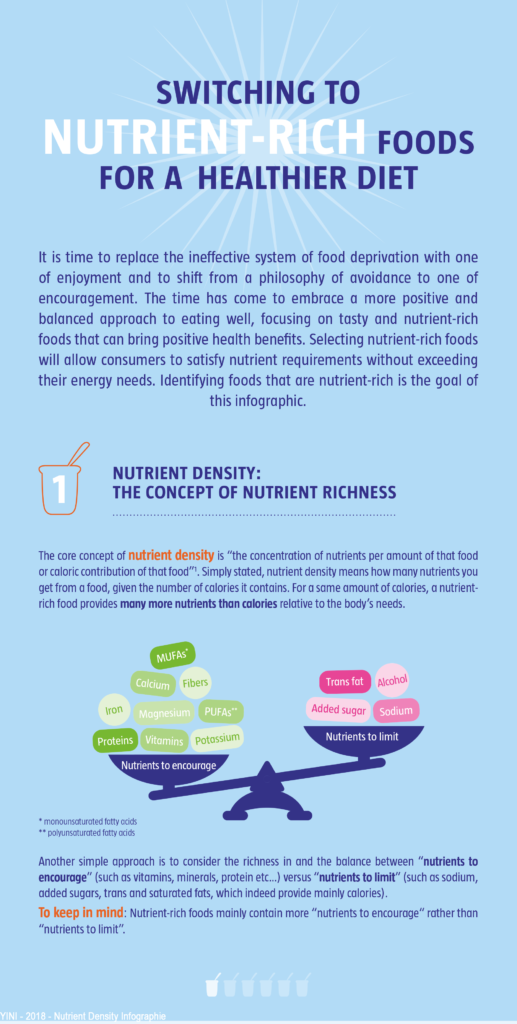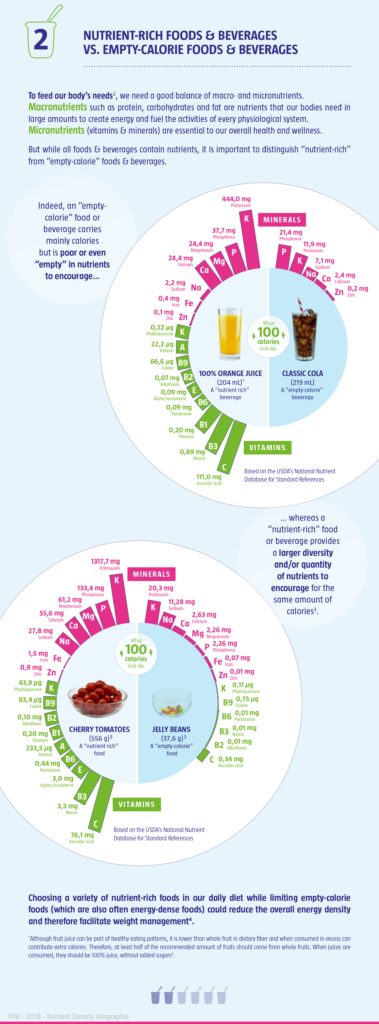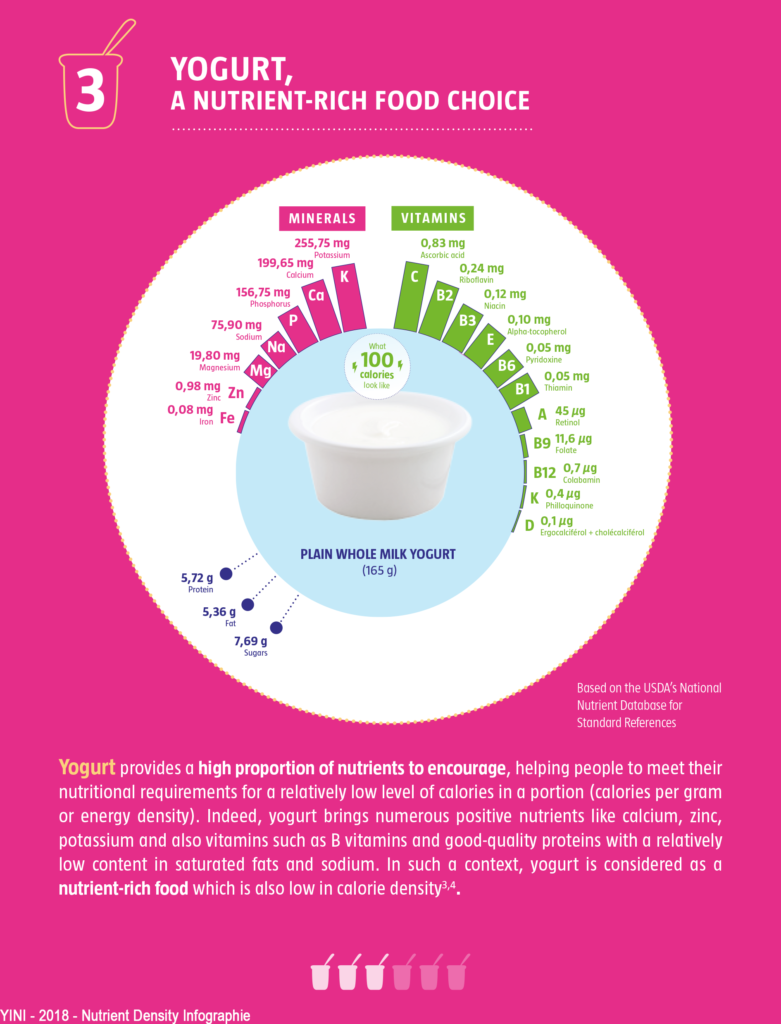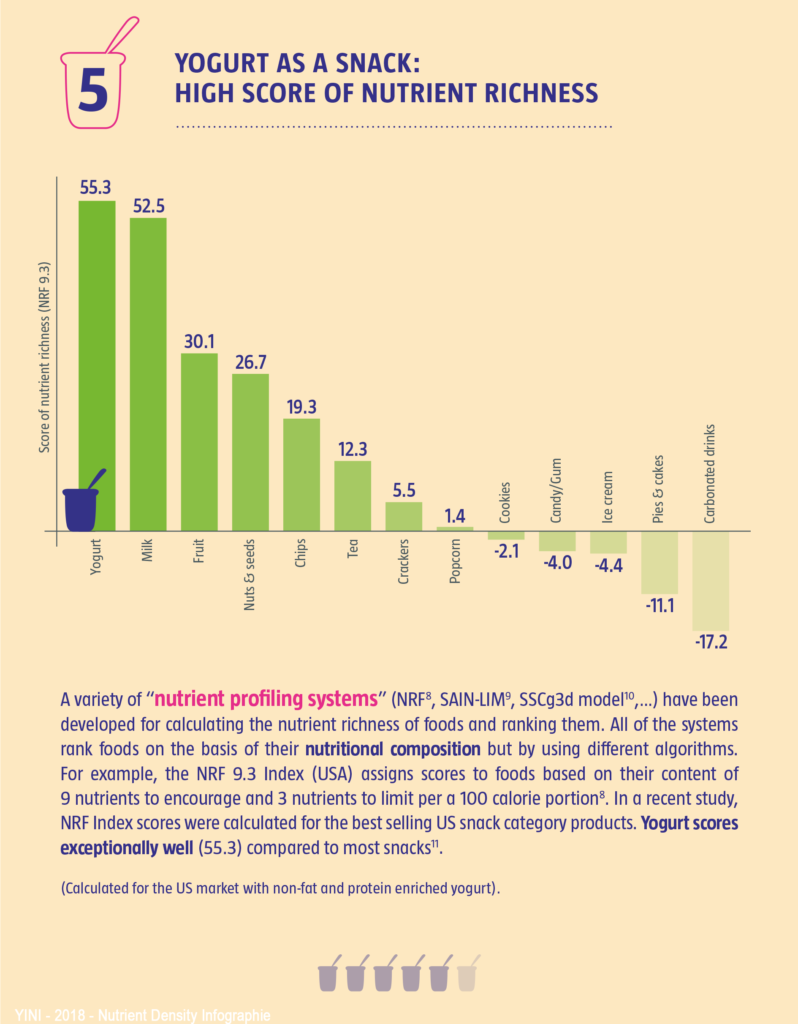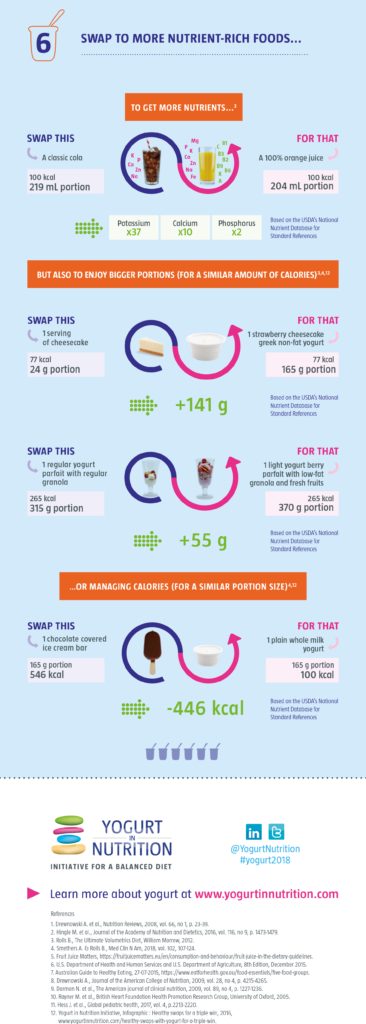They’re too small to see with the naked eye but it seems they can make the world of difference to our health. Probiotics are gradually giving up their secrets and products containing them have seen a huge surge in popularity as we begin to realise the good they may offer us.
Already known for giving a healthy boost to our digestive and immune health, probiotics are increasingly being recommended by medical professionals as new scientific findings emerge. But what we know so far about these friendly little life forms may only be the tip of the iceberg and further research is underway in a bid to discover just how far-reaching their health benefits may be.
The authors of this article report from a special consensus panel that reviewed the recent research on probiotics, the role of fermented foods as a source of probiotics, and the questions that remain to be answered about them.
‘… there is compelling evidence that probiotics may benefit human health in several ways.’ – Sanders ME et al, 2018.
What are probiotics and how do they work?
Probiotics are live microorganisms that, when administered in adequate amounts, confer a health benefit on the host – that is, the person consuming them.
Many different types of microorganisms can act as probiotics, coming in all shapes and forms. They may be living in foods, dietary supplements and pharmaceutical products – even probiotic cosmetics are becoming available.
The microorganisms most commonly used as probiotics include strains of the bacterial groups Lactobacillus, Bifidobacterium and Saccharomyces.
Probiotics exert their health effects in different ways, many of which are yet to be understood, say the authors. One common way is through making organic acids such as lactate and acetate in the colon where they help to create a healthy gut environment, inhibit ‘enemy’ microbes and encourage other ‘friendly’ microbes.
Probiotics may interact with the gut microbiota
Many experts believe that probiotics also work by influencing the gut microbiota– the trillions of bacteria that live naturally in our gut. Even though consuming a probiotic strain produces only a short-lasting spike in the amount of that strain in the microbiota, studies suggest that it can potentially lead to health benefits.
Research has shown that the gut microbiota community living in healthy people is different from the microbiota of people with certain health conditions. Colonising microbes that make up the community have been shown to respond to diet – including diets containing live microbes as part of fermented foods.
Fermented foods as a source of probiotics
People have used fermentation for thousands of years as a way of preserving their food and drink. It’s how we get our beer, wine, yogurt and cheese. The live microorganisms these products contain have been shown to contribute to good health, the authors point out.
In the case of yogurt and cheese, the organisms are present in the live culture used to make the food. But yogurt also makes a great vehicle for carrying other, probiotic organisms which can be added during their manufacture.
Thanks to the microorganisms it contains, yogurt can help improve digestion of lactose in people with lactose maldigestion. Studies have also suggested that people who eat yogurt are less likely to put on weight over the long term.
Fermented milk products have also been associated with improvements in blood pressure in people with hypertension, and a reduction in infectious disease among children.
‘…. even if fermentation-associated microbes are just passing through, there is emerging evidence that they can nonetheless influence the normal microbiota, communicate with the host immune system and exert other positive effects.’ – Sanders ME et al, 2018.
Health benefits of probiotics
Health benefits tend to be specific to particular strains of probiotics, but many questions remain about which probiotics are best for which health concern, and who is most likely to benefit. So far, studies have suggested that probiotics are associated with benefits in a range of health concerns including:
- Lactose intolerance – probiotics can aid lactose digestion in people with lactose intolerance.
- Acute diarrhoea in infants and children – probiotics may help speed recovery.
- Antibiotic-associated diarrhoea and Clostridium difficile infection – antibiotics can disrupt the gut microbiota, leading to diarrhoea. The upset to the gut microbiota can also reduce resistance to difficile, which can cause severe diarrhoea. Several studies have shown that probiotics taken with antibiotics may reduce the risk of diarrhoea associated with antibiotics and with C. difficile.
- Colds – probiotics may reduce the incidence and duration of common upper respiratory tract infections in children.
- Raised cholesterol – probiotics may help manage blood lipids in people with mildly raised cholesterol
- Irritable bowel syndrome (IBS) – experts have concluded that specific probiotics should be considered for managing several symptoms of IBS.
- Colic in infants – probiotics may reduce crying time in infants suffering from this common but difficult-to-treat condition.
- Eczema – probiotics may reduce the risk of developing eczema in infants when consumed by women during the last trimester of pregnancy, when used by breastfeeding mums, or when given to infants.
- Inflammatory bowel diseases – probiotics may extend remission of ulcerative colitis in adults.
- Bacterial vaginosis – probiotics may improve effectiveness of antibiotic treatment for this common condition in women.
Many other possible uses for probiotics are being studied, such as their potential role in managing stress and anxiety
‘Research suggests that probiotics can be used in an evidence-based manner to address a range of different health concerns. For the healthy consumer, probiotics and fermented foods may provide a dietary approach to support health and better function of the gut microbiota.’ – Sanders ME et al, 2018.
How do we know which probiotic product to choose?
The confusing array of probiotic products makes it difficult to choose one that’s good quality and right for you. Take a close look at the product label. A probiotic product label should show the genus, species and strain for all strains in the product. You need all three of these names to know what probiotic you’re getting, as different strains even within the same species can have different effects.
Labels should also tell you about the amount of probiotic in the product. This is usually shown as ‘colony forming units’ (CFU). Avoid products that label the amount as CFU at the time of manufacture, as CFU can fall during storage, say the authors. It’s best if it shows a CFU count for each strain; ideally this count should be the amount that has been shown to be effective in human studies.
Labels can vary widely between countries and product types. If you’re looking for a probiotic to alleviate a particular problem, it can be difficult to identify which products have been tested for that problem, say the authors.
That’s partly because the regulations about health claims shown on probiotic product labels vary widely between regions around the world. And whereas scientific publications can review all the evidence about a health benefit of a specific probiotic, the regulatory frameworks often mean that such information can’t be shown on labels, the authors point out.
Some useful guidelines include the European Society for Paediatric Gastroenterology, Hepatology and Nutrition (Braegger et al. 2011; Szajewska et al. 2014, 2016; Kolacek et al. 2017)

